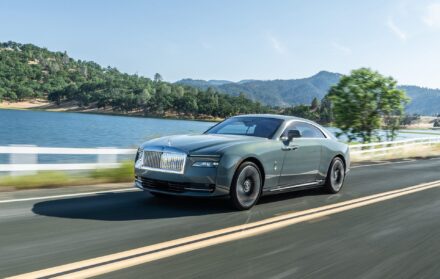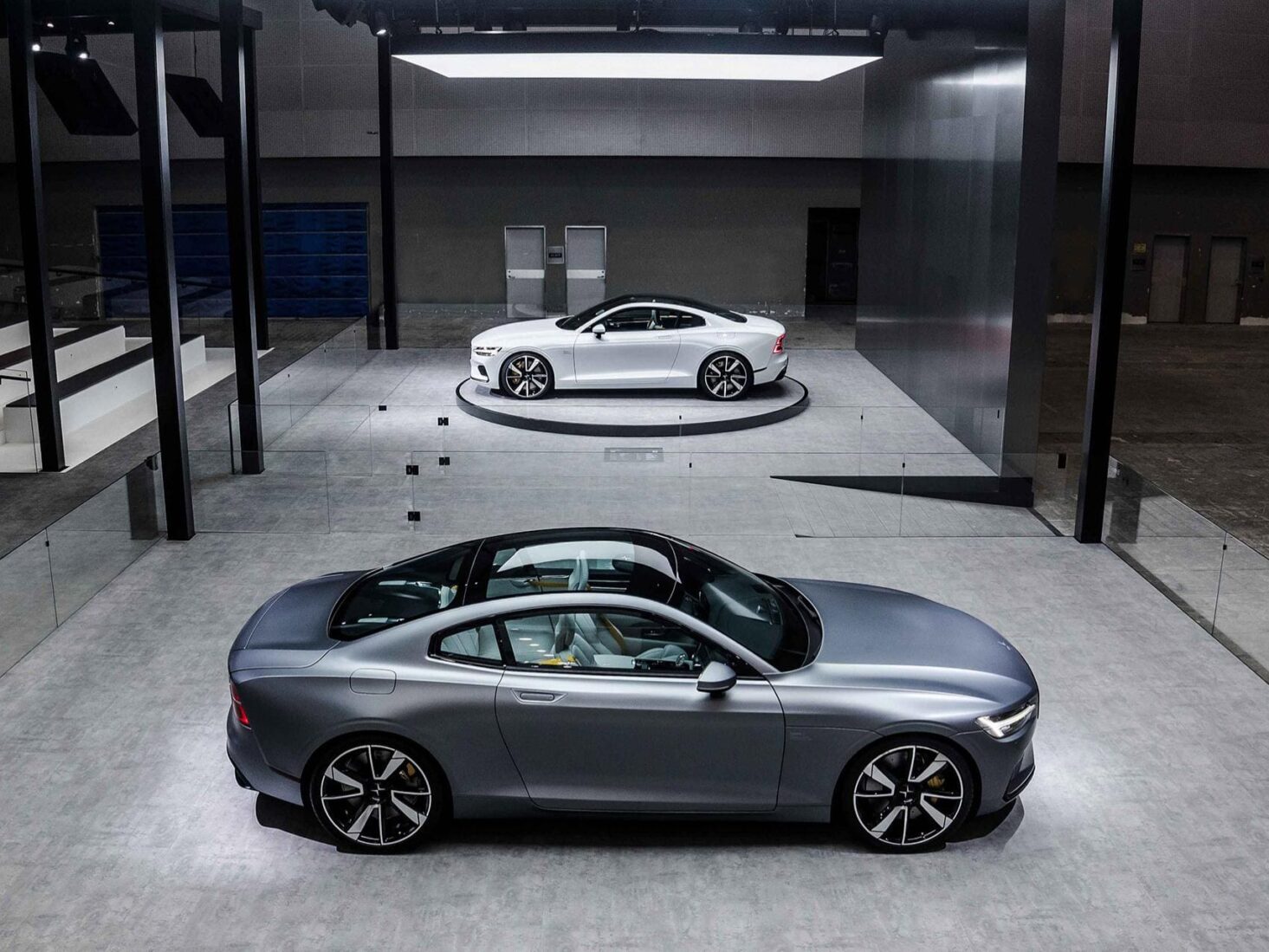
Electric avenues: the new Polestar by Volvo
The future of motoring is looking decidedly greener and Volvo’s Polestar 2, the second iteration of the marque’s inaugural electric vehicle, is leading the charge
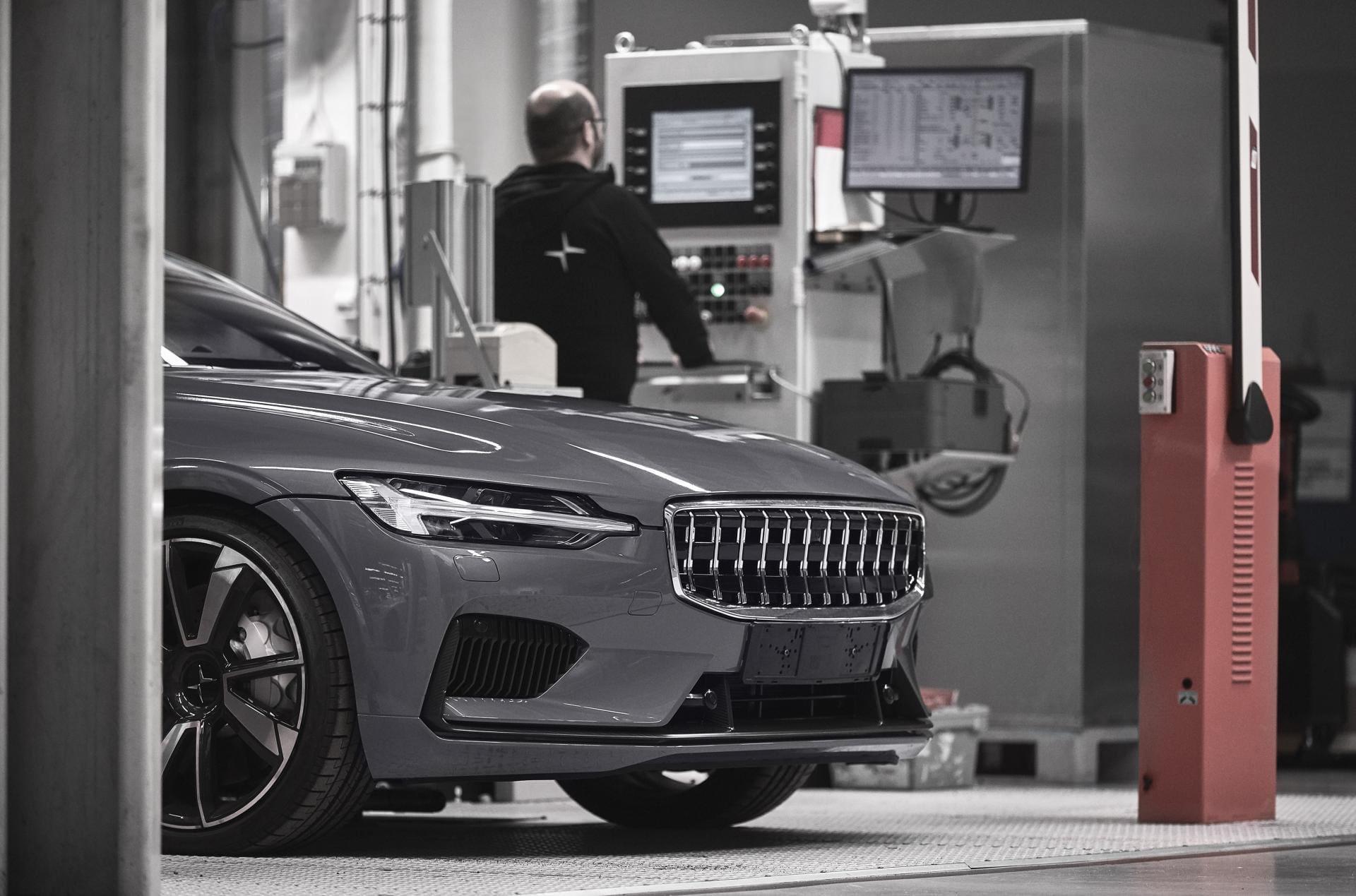
It is the year of the electric car. Of course, you might feel that it was a more significant year in 2004, when Tesla launched its Roadster, or in 2000 when Toyota marketed the Prius worldwide – a car that although merely a hybrid, would become a symbol for virtue-signalling eco-motoring. Smart alecs may like to point out that electric cars were invented long before the internal combustion engine in the 1830s, and that along the way we’ve had plenty of electric vehicles, from the humble milk float to the Lunar Rover.
But no, 2019 is the year that EVs went mainstream. The majority of big carmakers now have at least one fully-electric car in their fleet (Mercedes-Benz’s EQC and Audi’s e-tron kept us waiting, but they’re here now) and it’s the year that Tesla’s ‘electric car for the people’, the Model 3, went on sale. London now has an electric taxi (and doesn’t it look great?) and at the performance end of the market, companies are falling over themselves to launch phenomenal all-electric hypercars such as the recently-announced Lotus Evija. By the end of the year we’ll have a battery-powered Porsche, and even that bastion of fossil fuel consumption – Ferrari – has announced its first series-production hybrid, the SF90.

According to data from the Society of Motor Manufacturers and Traders (SMMT) in the UK, EV registrations went up tenfold between 2014 and 2018, and there are now around 250,000 plug-in vehicles on Britain’s roads. Within that, fully electric vehicles are growing fastest, up 70 per cent year-on-year, and to meet that demand, the number of public charging points has risen to 24,000 (although there are still issues over standardisation, the number of high-speed chargers and lacklustre government investment).
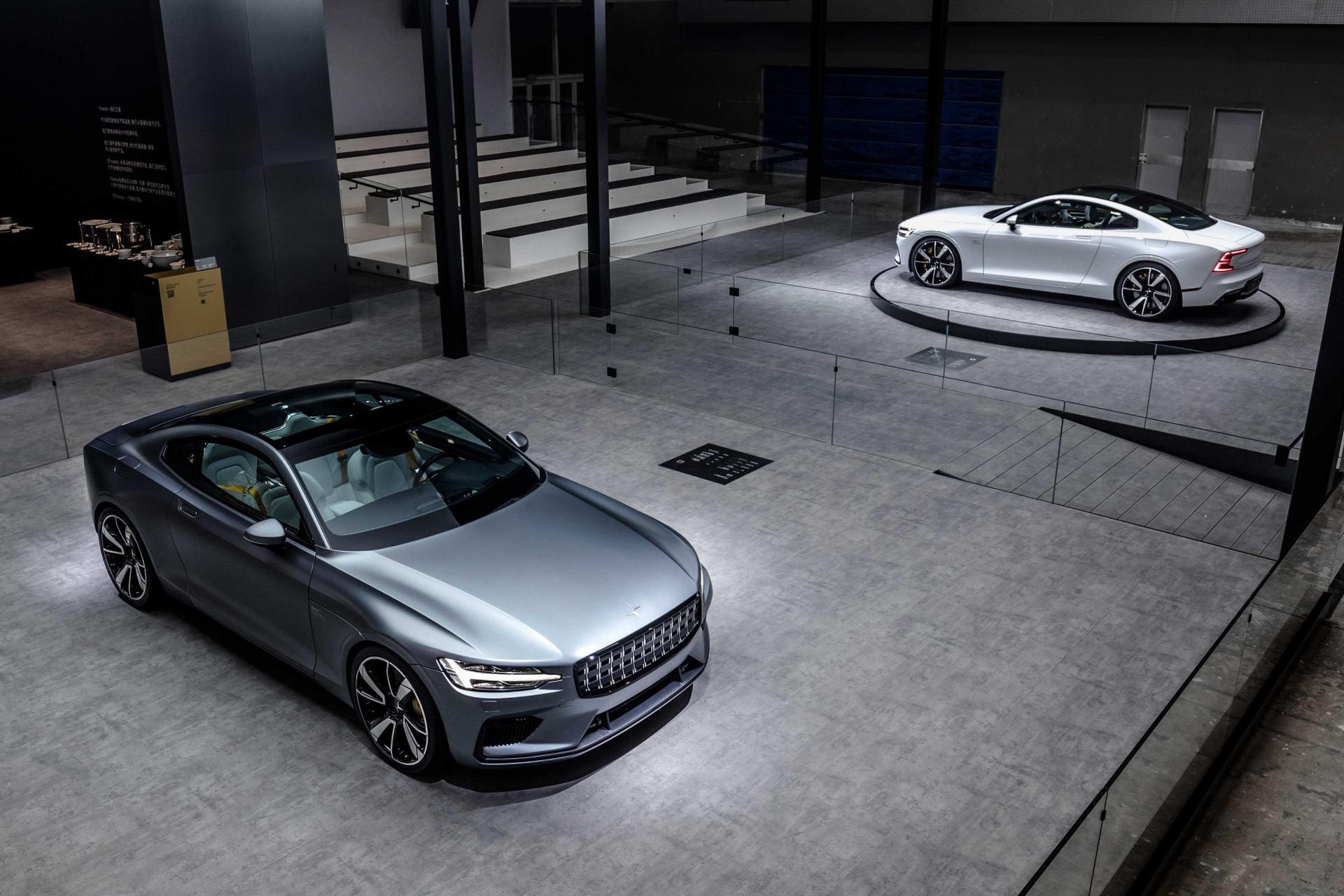
It’s entirely possible that you have missed this widespread electrification, however, mostly because the majority of brands have focussed on packaging up their EVs in existing models. With a few exceptions – the Jaguar I-Pace and BMW i3 spring to mind – the mainstream car brands have shied away from establishing a new design language that speaks to the biggest change in their business in a century. As the insurgent, and as the only company making exclusively electric cars at any kind of scale, Tesla has been able to define what an electric car looks like, and although its models aren’t exactly radically shaped, the lack of front grille, flush-fitting door handles and (in the Model X) ‘falcon wing’ doors have all become recognisable traits. This is where Polestar comes in: the most serious attempt from the established car industry to take the fight to Tesla.
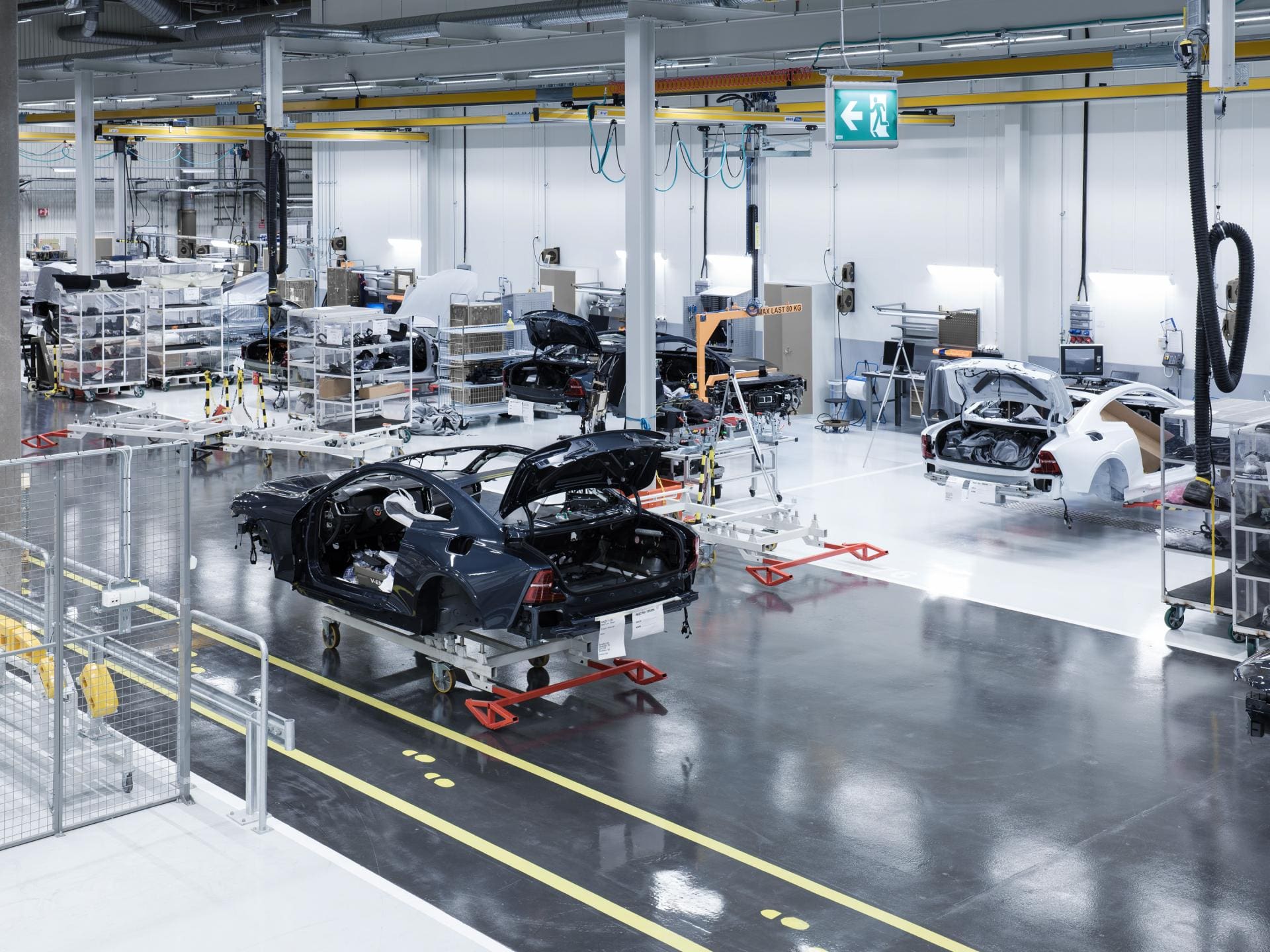
Polestar wasn’t always a green initiative; it used to be the name given to Volvo’s racing team and applied to its more performance-oriented models. Two years ago, however, it was spun out as a new brand, owned by Volvo but possessed of its own clear identity with a brief to develop market-leading electric cars as well as functioning as an innovation lab for the wider Volvo group. In 2018 it launched the Polestar 1, a petrol-electric hybrid super-GT in the vein of a BMW 8-series or Bentley Continental GT, to critical acclaim. But it is the follow-up that really matters; the Polestar 2 is where the brand will start to fulfil its mission. A five-seater, four-wheel drive saloon-cum-hatchback (“fastback” is the preferred lingo) with a 311-mile range that will also do 0-62 in under five seconds. It’s almost identically-specced to the Tesla Model 3 (338 mile range, 0-62 in 5.1s) and almost identically priced too, at €59,900 to the Tesla’s €58,800 (for the all-wheel drive, long-range Model 3).
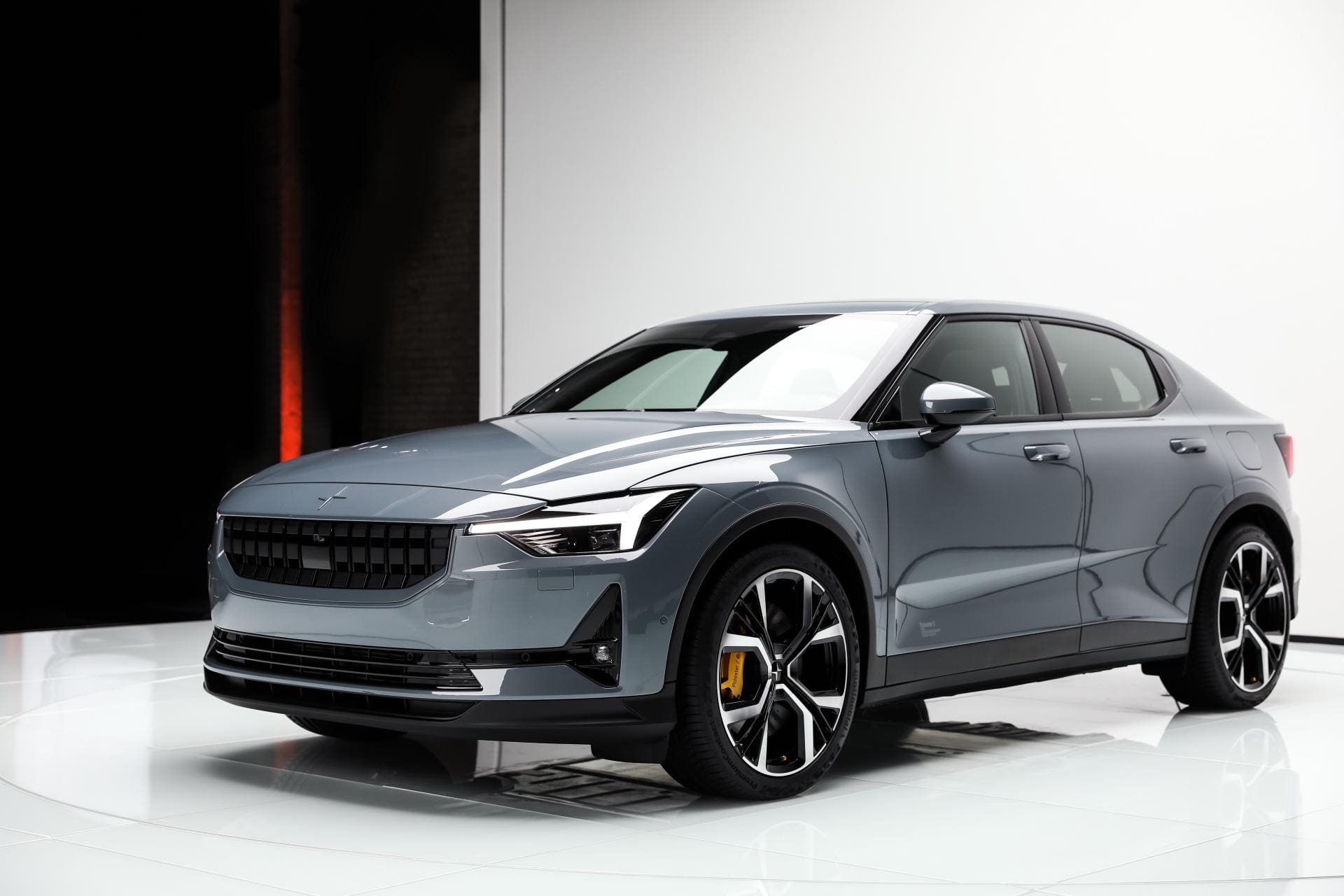
There’s little chance you’ll confuse them on the road, though. Polestar has set out its stall when it comes to design, creating something that’s more overtly futuristic (and more luxurious) than the Tesla. It seems odd to speak of Swedish minimalism when the first word to cross your mind is ‘big’; better to say that the Polestar 2 is an emphatic car, with no extraneous detail for detail’s sake. The full-width rear lights and frame-less wing mirrors are nice touches, while the high stance (made to look higher by the contrast paint job on the launch model), aggressive alloy wheels and muscular front end (especially those T-shaped bars of light, a recurring motif across the car) let you know that it’s capable of high performance. The launch model is the raciest, with gold seatbelts and valve caps to remind you that you’re in ‘the fast one’, and Brembo brakes inside those 20-inch wheels.
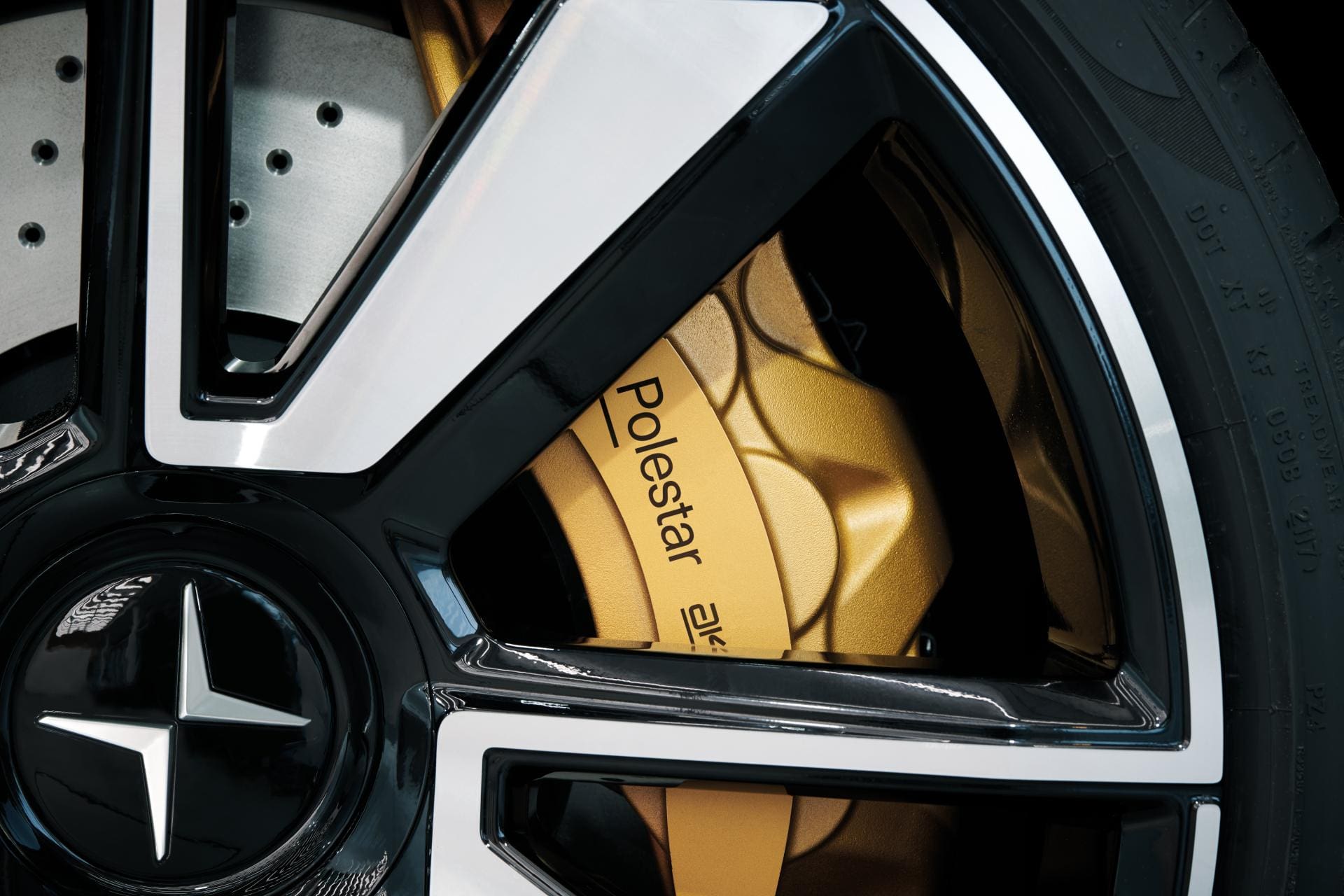
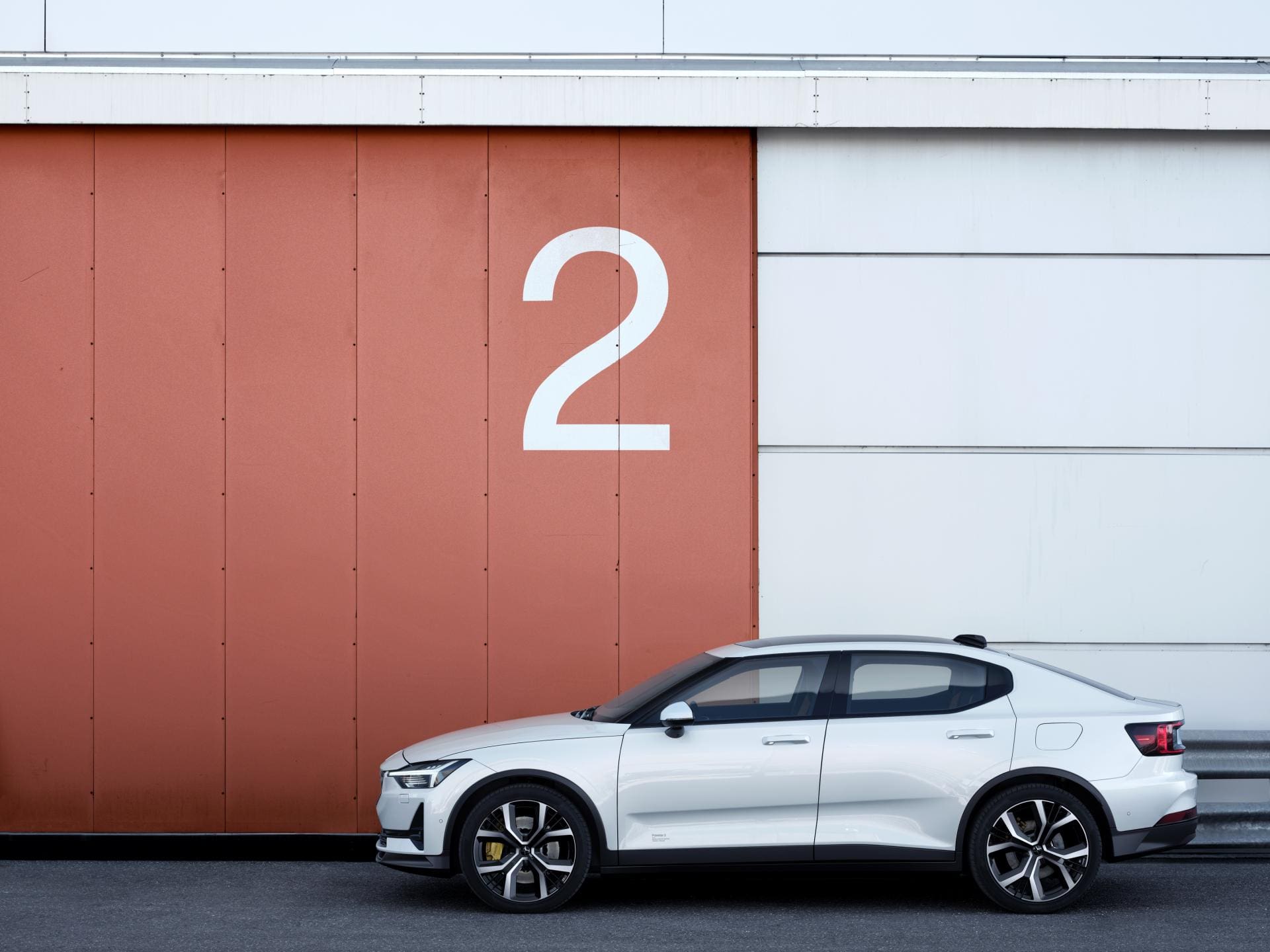
The 2 is more virtuous than that would make it seem, however. Most buyers will be more drawn to some of the other, more on-trend options, such as the all-vegan interior, free from any animal products. They’ll be relieved to discover this is the first car to run Google’s new automotive interface, meaning that Google maps is the standard (hooray!) and all adjustable settings will sync automatically with your phone when you get behind the wheel. Your phone can also act as the key – and what could be more 2019 than that?
Best of the Rest
Three premium electric motors putting the Polestar 2 to the test:
Jaguar I-Pace
Picking up Best Car, Best Design and Best Green Car at the World Car Awards 2019 rather tells its own story; the I-Pace’s unprecedented clean sweep is proof that the traditional car industry may have been slow to wake up to EVs but now it is firing on all, er, cylinders. Capable of 292 miles on a full charge, the all-wheel drive I-Pace derives its technology from Jaguar’s experience in Formula E racing.
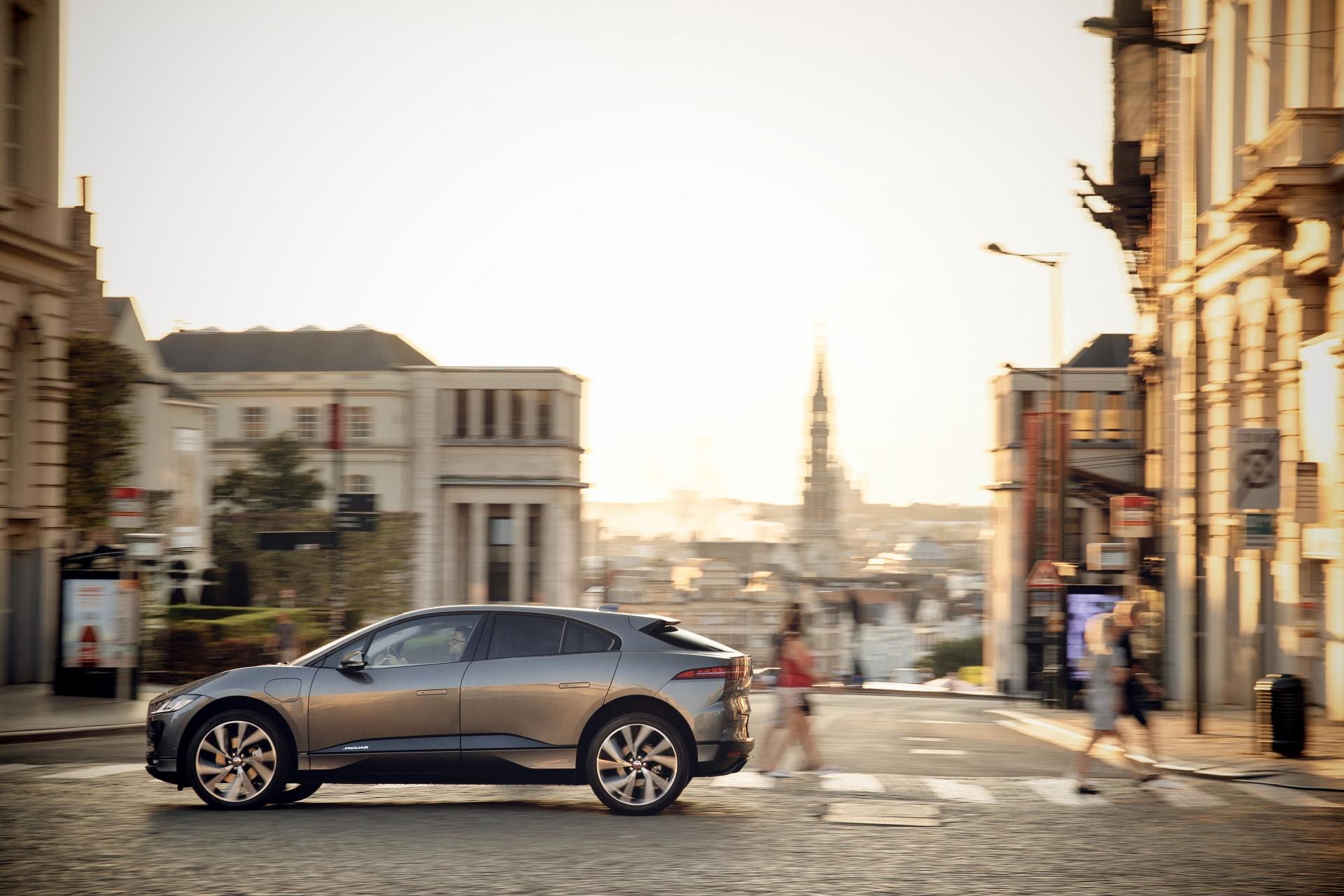
From £63,925, jaguar.co.uk
Porsche Taycan
Porsche’s first fully-electric production car made its full debut at the Frankfurt motor show in September and will be on sale by the end of the year. Its big pitch is to combine a long range (311 miles) with proper Porsche performance (0-62 in 3.5 seconds; 590 horsepower) and crucially, the ability to use the performance repeatedly without running out of power. A huge claim, but if anyone can pull it off, Porsche can. A proprietary charging system is also said to be capable of recharging the batteries to 80 per cent inside just 15 minutes.
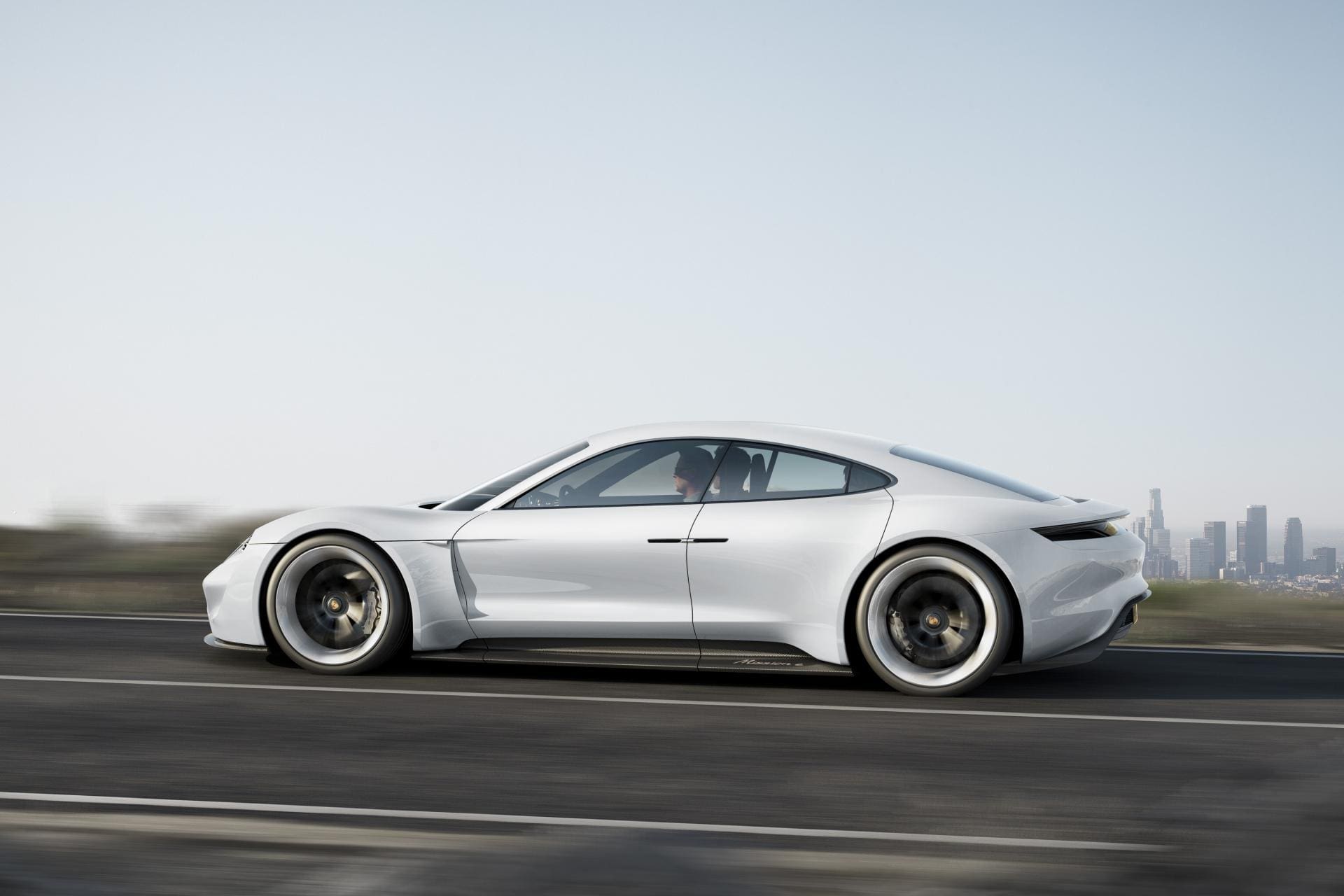
From £116,000, porsche.com
Tesla Model X
The Polestar may be benchmarked against the Model 3, but if you need more space (and really want show-off doors) the Model X seats seven in comfort with space for baggage. You can add a tow bar and bicycle mounts, and, even with a 1,000kg load behind it, the 100D will retain 70 per cent of its 295 mile range. Assuming, that is, you ignore the fact that this family wagon will still out-drag most sports cars to 60mph.
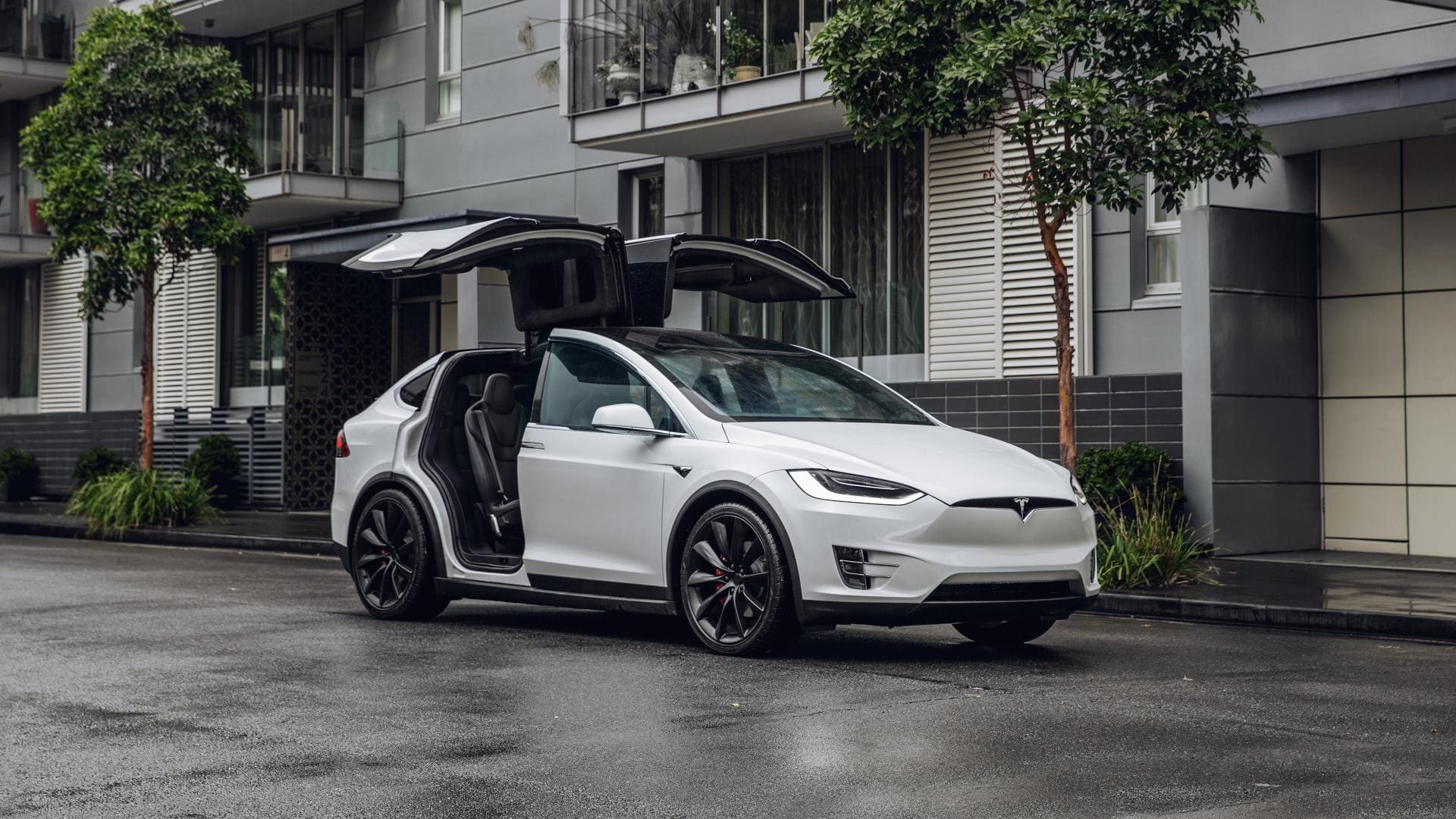
From £85,700, tesla.com









